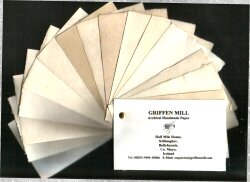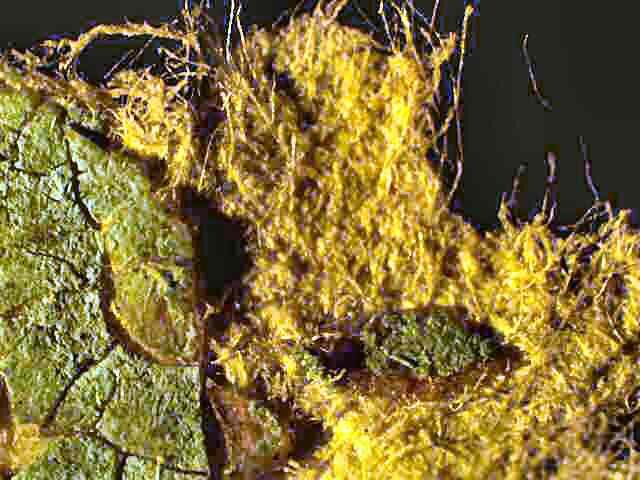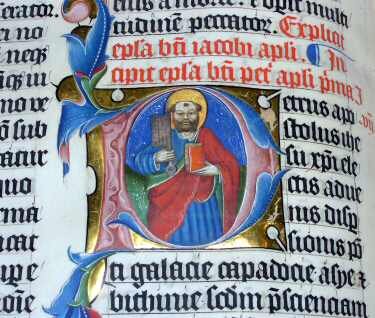Griffen Mill specialises in making archival quality,handmade papers primarily designed for bookbinders & paper conservators. The traditional character of these papers also make them useful for historical reproductions of books & manuscripts.
A range of toned papers, are made one sheet at at a time, in the traditional way from natural fibers such as cotton & hemp. Unless specified all papers are internally buffered and internally sized.
Bookbinding & Conservation Paper

A range of papers in different weights specifically designed to meet the challenges of paper conservation, bookbinding & restoration. Papers are available as wove & laid sheets.
A bespoke service is offered for orders over 100 sheets.
The Recreation of Antique Books, Labels, Maps & Journals
The Griffen Mill range of antique toned papers are ideal for recreating old books, maps, scrolls & documents.Other uses include lining & antique label making.In particular the tones work well when being filmed under studio conditions.
Please order a standard sample swatch & let us know what you are looking for so we can indicate which papers will give you the best result.
Check out the Griffen Mill Guide to the History of Paper through the ages.

Historic Wallpaper & Architectural Papier Mache Pulp.
During the last fifteen years Griffen Mill has supplied handmade wallpaper & lining papers for projects such as Uppark House,The Royal Palace at Kew & the British Galleries at the V&A.
Current projects include the restoration of Horace Walpole's House at Strawberry Hill.
Working with architects & wallpaper conservators, papers can be made to reproduce the character of the original when necessary.
Ledger Paper for Scrivening & Calligraphy

After three years of research, Griffen Mill has managed to recreate an archival ledger paper that matches the properties of the famous ledger paper made by Whatmans in the first part of 1900's.
Just like the Whatman's papers , Griffen Mill's ledger paper is tub sized with gelatine & has a smooth CP surface , capable of ink erasure.
In this section you will find papers with limited availability as they are only made occasionally.
*******************************************************************
Copyright Griffen Mill 2015